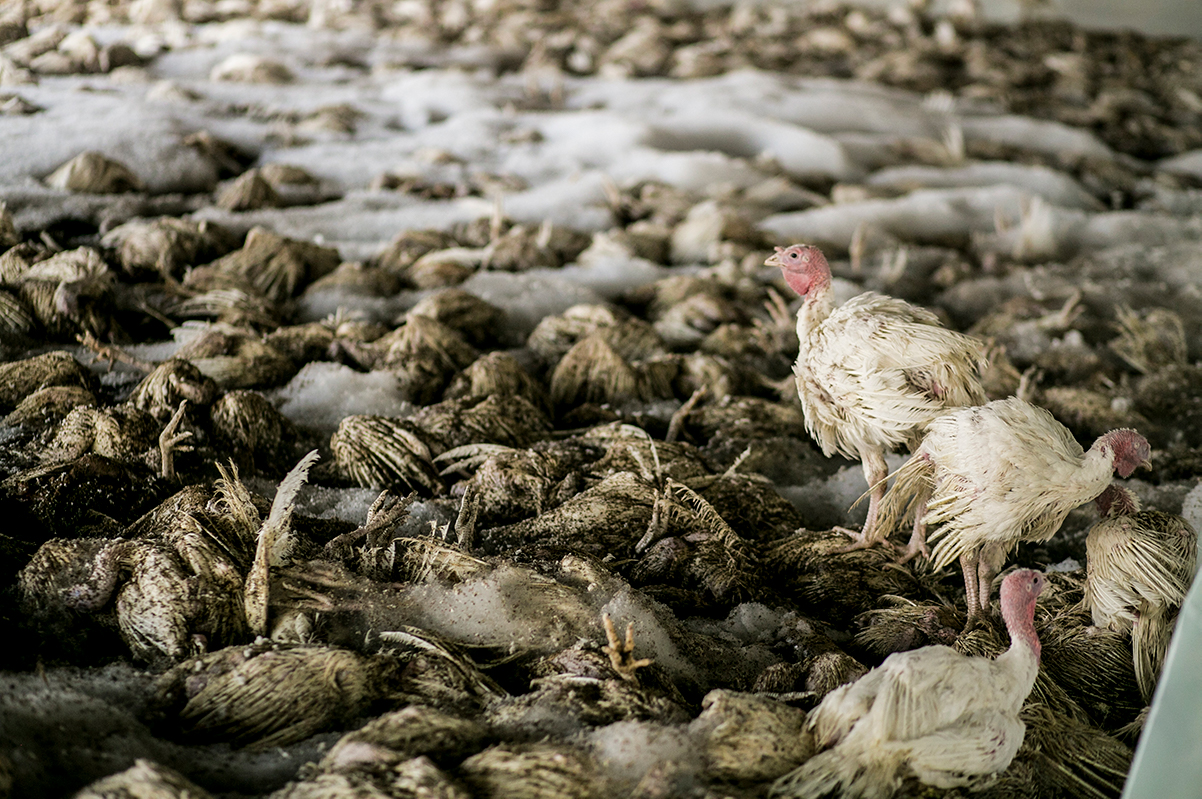Avian Influenza Basics

Avian influenza, commonly known as bird flu, is a contagious viral infection that affects birds, including poultry like chickens, turkeys, and ducks. It can cause severe respiratory disease in birds and can also spread to humans and other animals.
Avian influenza has been making headlines lately, and it’s got me thinking about the most unpredictable things in life. Like, who would have thought that Angel Di Maria , the soccer player, would end up scoring a goal that would change the course of a match?
It’s like the avian influenza virus – you never know when it’s going to strike and how it’s going to affect the world.
The virus responsible for avian influenza is highly contagious and can spread rapidly through direct contact with infected birds or their bodily fluids, or through contact with contaminated surfaces or objects. Symptoms of avian influenza in birds can vary depending on the strain of the virus, but typically include respiratory distress, coughing, sneezing, and diarrhea.
Historical Overview
Outbreaks of avian influenza have been documented for centuries, with the first recorded outbreak occurring in Italy in the 1800s. In recent years, there have been several major outbreaks of avian influenza, including the highly pathogenic H5N1 strain that emerged in Asia in 1997 and spread to Europe and Africa. The H5N1 strain has caused significant economic losses due to the mass culling of infected poultry and has also resulted in human infections and deaths.
Strains of Avian Influenza
There are numerous strains of avian influenza virus, which are classified based on the two proteins found on the surface of the virus: hemagglutinin (H) and neuraminidase (N). Different combinations of these proteins result in different strains of the virus, such as H5N1, H7N9, and H9N2. Some strains of avian influenza are highly pathogenic, meaning they can cause severe disease and high mortality in birds, while others are low pathogenic and cause only mild symptoms.
Guys, did you hear about the latest avian influenza outbreak? It’s pretty serious, but hey, let’s take a break from all the bird talk and focus on something a little more entertaining. The Emmy nominations for 2024 are out, and there are some real surprises this year.
Check out the full list here. Now, back to the avian influenza. It’s important to stay informed about these things, guys. Let’s hope it doesn’t spread any further.
Avian Influenza Transmission and Prevention
Avian influenza, also known as bird flu, is a highly contagious viral disease that can affect both birds and humans. Understanding how it spreads and implementing effective preventive measures are crucial to safeguarding public health and the poultry industry.
The avian influenza virus primarily spreads among birds through direct contact with infected bodily fluids, such as saliva, nasal secretions, and feces. Infected birds shed the virus in their droppings, contaminating the environment and potentially infecting other birds that come into contact with it. Wild birds, especially waterfowl, serve as natural reservoirs for the virus and can transmit it to domestic poultry through shared water sources or close proximity.
Human infection with avian influenza typically occurs through direct contact with infected birds or their secretions. This can happen during poultry farming, handling infected birds, or exposure to contaminated environments. While human-to-human transmission is rare, it can occur in close-knit communities where there is prolonged exposure to infected individuals.
To prevent the spread of avian influenza, several effective measures can be implemented. These include:
- Surveillance and monitoring: Regular monitoring of poultry flocks and wild bird populations for signs of infection helps detect outbreaks early and implement control measures.
- Biosecurity practices: Implementing strict biosecurity measures in poultry farms is essential to prevent the introduction and spread of avian influenza. This includes measures such as isolating poultry from wild birds, using protective clothing and equipment, and disinfecting facilities and equipment regularly.
- Vaccination: Vaccination of poultry can help reduce the severity of infection and prevent the spread of the virus within flocks.
- Culling: In the event of an outbreak, infected birds may need to be culled to prevent further spread of the disease.
- Personal protective equipment (PPE): Individuals working with poultry or in areas where avian influenza is present should wear appropriate PPE, such as gloves, masks, and coveralls, to minimize the risk of infection.
- Public health measures: Public health measures, such as handwashing, avoiding contact with sick birds, and reporting suspected cases, are important in preventing human infection.
In summary, avian influenza is a serious disease that can affect both birds and humans. By understanding how it spreads and implementing effective preventive measures, we can safeguard public health and the poultry industry from the devastating effects of this virus.
Avian Influenza Surveillance and Control

Surveillance is crucial for detecting avian influenza outbreaks early, allowing for timely implementation of control measures to prevent widespread transmission. International organizations play a vital role in coordinating control efforts, facilitating information sharing, and providing technical assistance to affected countries.
Challenges in Containing and Eradicating Avian Influenza
- Wild bird migration can spread the virus over vast distances, making containment challenging.
- The virus can mutate rapidly, potentially evading existing control measures.
- Dense poultry farming practices can facilitate rapid transmission within flocks.
Best Practices for Containment and Eradication, Avian influenza
- Implement biosecurity measures on poultry farms, including isolation and disinfection.
- Monitor and test poultry populations for early detection of outbreaks.
- Establish emergency response plans for rapid containment and eradication.
- Coordinate international efforts to share information and resources.
